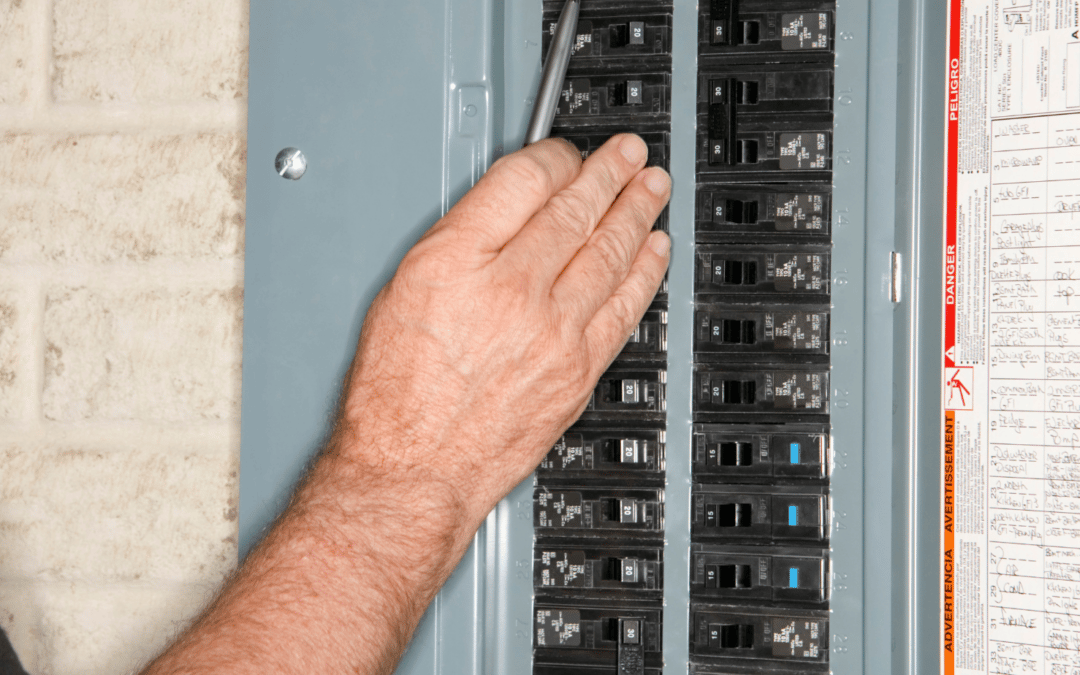Top Tips for Effective Electric System Troubleshooting
Troubleshooting electrical systems needs a methodical method, grounded in a comprehensive understanding of electrical principles and security procedures. By familiarizing oneself with circuit components, utilizing vital tools, and adhering to a structured examination technique, experts can efficiently identify and fix issues. However, the subtleties of effective fixing expand beyond plain technical knowledge; recognizing exactly how to document findings and focus on safety can substantially affect results. As we explore these critical aspects further, it ends up being clear that mastering this procedure is not simply useful however vital for success in the area.
Understand the Fundamentals
Comprehending the fundamentals of electric systems is necessary for reliable troubleshooting, as a strong foundation permits specialists to identify and fix concerns more effectively. A detailed grasp of electric concepts, such as voltage, current, resistance, and power, is vital in recognizing the source of problems. Voltage is the electric prospective difference that drives present via a circuit, while resistance opposes the circulation of existing, affecting the total functionality of the system.
Knowledge with circuit components, consisting of resistors, capacitors, diodes, and switches, is also critical. Each part plays an unique duty in circuit actions and can affect performance when malfunctioning. In addition, recognizing series and identical circuit setups is essential, as these setups affect the distribution of voltage and present within the system.
Furthermore, expertise of safety and security protocols is crucial. Service technicians should understand prospective risks, such as shock and short circuits, to carry out risk-free troubleshooting methods. By understanding these foundational principles, technicians enhance their ability to conduct effective diagnostics and repair services, eventually causing boosted efficiency and dependability of electric systems. This fundamental knowledge is the foundation of successful repairing endeavors.
Gather Necessary Devices
Reliable troubleshooting of electrical systems needs the appropriate collection of devices to detect and resolve concerns accurately. Vital devices consist of a multimeter, which determines voltage, existing, and resistance, enabling for accurate analyses of electrical components.
Furthermore, protected hand tools such as screwdrivers, pliers, and wire strippers are important for safely adjusting electrical links. It is likewise suggested to have a circuit tester available to confirm the existence of voltage in outlets and cords. For even more facility systems, a thermal imaging video camera can aid detect overheating elements, showing possible failures.

Adhere To an Organized Method
Having actually collected the appropriate devices, the next action in repairing electrical systems is to follow a systematic strategy. A systematic strategy guarantees that service technicians can determine faults successfully and accurately, minimizing downtime and avoiding unnecessary fixings.
Begin by examining the system's schematic layouts and specs. This involves checking each component methodically, starting from the power resource and working towards the load.
Make use of testing tools, such as multimeters and oscilloscopes, to collect objective information concerning voltage, present, and resistance at numerous factors within the system. This empirical proof will certainly direct your troubleshooting efforts and aid to validate or get rid of possible reasons for failure.
In addition, think about ecological aspects that might influence the system's efficiency, such as temperature variations or mechanical system optimisation support moisture access. A detailed examination of circuitry, connections, and components will guarantee that all possibilities are represented.
Record Your Findings
Complete paperwork is essential in the fixing procedure of electric systems. This technique not only help in comprehending the origin reason of the issue yet additionally offers as a recommendation for future fixing initiatives.

Additionally, preserving a log of parts changed or repair services done is very useful. This information sustains inventory management and can help analyze the longevity and integrity of specific elements.
Eventually, the documentation process must be detailed yet succinct, allowing easy retrieval and review - electrical system troubleshooting. By prioritizing comprehensive paperwork, professionals can develop an important data base that not just help in current troubleshooting yet also empowers future upkeep efforts, thus improving total system reliability

Prioritize Security Steps
Identifying the inherent risks related to electric systems is critical for guaranteeing safety throughout troubleshooting. Electric shock, burns, and tools damage are just a few of the prospective dangers that professionals deal with. Prioritizing precaution is not only a lawful obligation but also an ethical important that safeguards both the specialist and the surrounding setting.
Prior to starting any type of troubleshooting job, professionals need to wear proper personal protective devices (PPE), including insulated gloves, safety and security glasses, and flame-resistant clothes. Making sure that the workplace is completely dry and without mess can substantially reduce the risk of crashes. Moreover, it is vital to de-energize circuits before beginning any work, confirming that they are not live via the use of a multimeter or voltage tester.
Establishing clear communication protocols with team members is also important; this makes certain that everyone recognizes prospective threats and the status of the electrical system being serviced. Lastly, having an emergency reaction plan in position can confirm vital in the occasion of a case. By prioritizing safety steps, service technicians can effectively reduce risks and foster a more mechanical engineering industry support secure office.
Conclusion
Effective electrical system repairing counts on a comprehensive understanding of essential concepts and a methodical strategy. Focusing on safety steps makes certain the well-being of individuals included and the stability of the electric system.